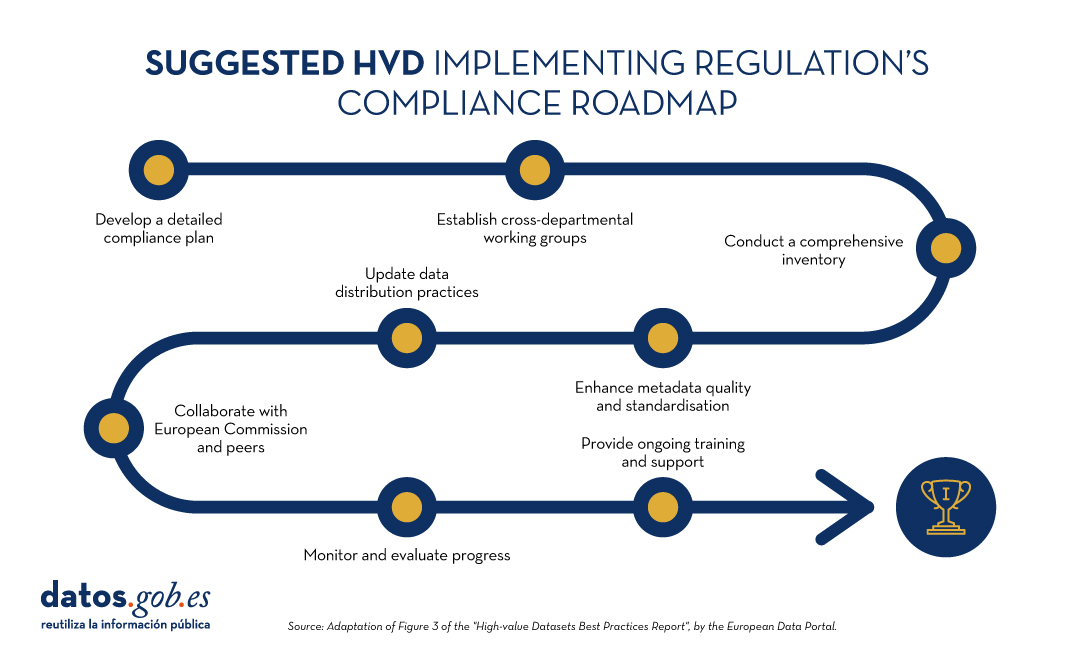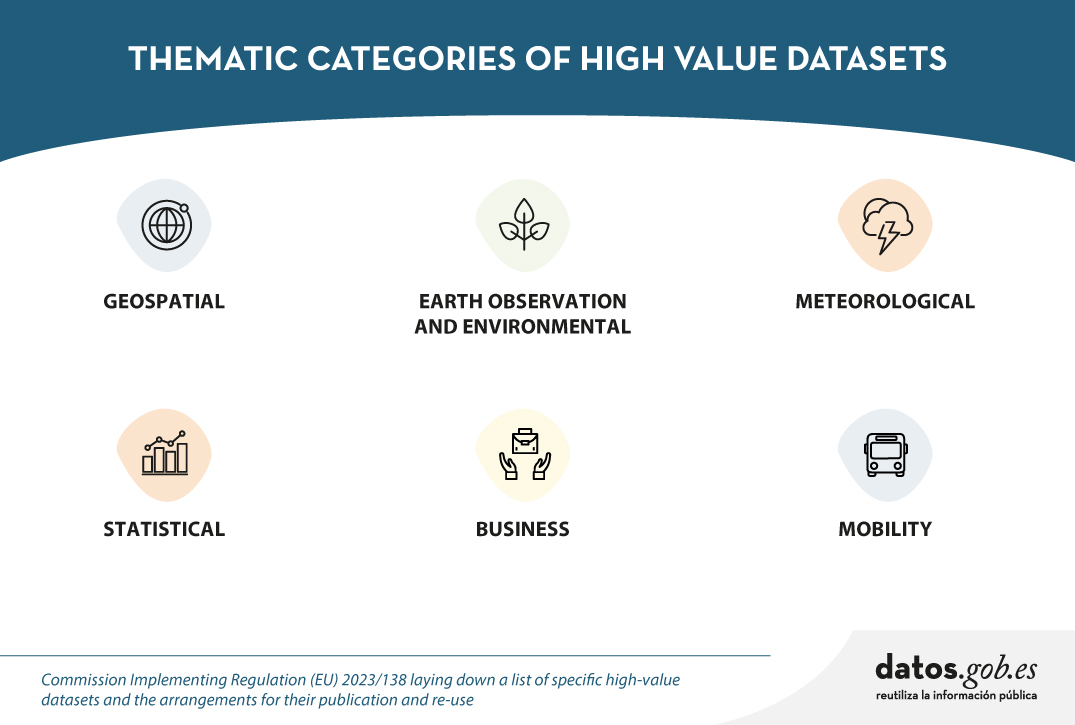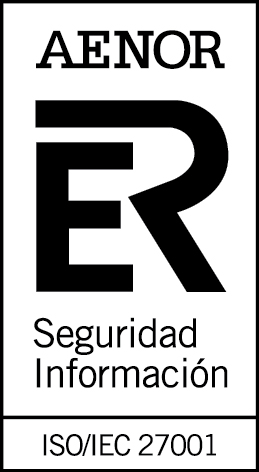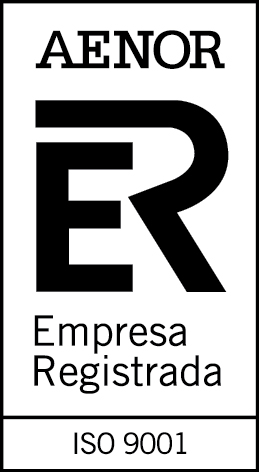European webinars: recommendations for opening up high-value data through real use cases
Fecha de la noticia: 02-07-2024

The European open data portal (data.europa.eu) regularly organises virtual training sessions on topical issues in the open data sector, the regulations they affect and related technologies. In this post, we review the key takeaways from the latest webinar on High Value Datasets (HVD).
Among other issues, this seminar focused on transmitting best practices, as well as explaining the experiences of two countries, Finland and the Czech Republic, which were part of the report "High-value Datasets Best Practices in Europe", published by data.europa.eu, together with Denmark, Estonia, Italy, the Netherlands and Romania. The study was conducted immediately after the publication of the HVD implementation regulation in February 2023.
Best practices linked to the provision of high-value data
After an introduction explaining what high-value data are and what requirements they have to meet, the scope of the report was explained in detail during the webinar. In particular, challenges, good practices and recommendations from member states were identified, as detailed below.
Political and legal framework
- There is a need to foster a government culture that is primarily practical and focused on achievable goals, building on cultural values embedded in government systems, such as transparency.
- A strategic approach based on a broader regulatory perspective is recommended, building on previous efforts to implement far-reaching directives such as INSPIRE or DCAT as a standard for data publication. In this respect, it is appropriate to prioritise actions that overlap with these existing initiatives.
- The use of Creative Commons (CC) licences is recommended.
- On a cross-cutting level, another challenge is to combine compliance with the requirements of high-value datasets with the provisions of the General Data Protection Regulation (GDPR), when dealing with sensitive or personal data.
Governance and processes
- Engaging in strategic partnerships and fostering collaboration at national level is encouraged. Among other issues, it is recommended to coordinate efforts between ministries, agencies responsible for different categories of HVD and other related actors, especially in Member States with decentralised governance structures. To this end, it is important to set up interdisciplinary working groups to facilitate a comprehensive data inventory and to clarify which agency is responsible for which dataset. These groups will enable knowledge sharing and foster a sense of community and shared responsibility, which contributes to the overall success of data governance efforts.
- It is recommended to engage in regular exchanges with other Member States, to share ideas and solutions to common challenges.
- There is a need to promote sustainability through the individual accountability of agencies for their respective datasets. Ensuring the sustainability of national data portals means making sure that metadata is maintained with the resources available.
- It is advisable to develop a comprehensive data governance framework by first assessing available resources, including technical expertise, data management tools and key stakeholder input. This assessment process allows for a clear understanding of the rules, processes and responsibilities necessary for an effective implementation of data governance.
Technical aspects, metadata quality and new requirements
- It is proposed to develop a comprehensive understanding of the specific requirements for HVD. This involves identifying existing datasets to determine their compliance with the standards described in the implementing regulation for HVD. There is a need to build a systemic basis for identifying, improving the quality and availability of data by enhancing the overall value of high-value datasets.
- It is recommended to improve the quality of metadata directly at the data source before publishing them in portals, following the DCAT-AP guidelines for publishing high-value datasets and the controlled vocabularies for the six HVD categories. There is also a need to improve the implementation of APIs and bulk downloads from each data source. Its implementation presents significant challenges due to the scarcity of resources and expertise, making capacity building and resourcing essential.
- It is suggested to strengthen the availability of high-value datasets through external funding or strategic planning. The regulation requires all HVD to be accessible free of charge, so some Member States diversify funding sources by seeking financial support through external channels, e.g. by tapping into European projects. In this respect, it is recommended to adapt business models progressively to offer free data.
Finally, the report highlights a suggested eight-step roadmap for compliance with the HVD implementation regulation:

Figure 1: Suggested roadmap for HVD implementation. Adapted from Figure 3 of the European Data Portal's "High-value Datasets Best Practices Report".
The example of the Czech Republic
In a second part of the webinar, the Czech Republic presented their implementation case, which they are approaching from four main tasks: motivation, regulatory implementation, responsibility of public data provider agencies and technical requirements.
- Motivation among the different actors is being articulated through the constitution of working groups.
- Regulatory implementation focuses on dataset analysis and consistency or inconsistency with INSPIRE.
- To boost the accountability of public agencies, knowledge-sharing seminars are being held on linking INSPIRE and HVD using the DCAT-AP standard as a publication pathway.
- Regarding technical requirements, DCAT-AP and INSPIRE requirements are being integrated into metadata practices adapted to their national context. The Czech Republic has developed specifications for local open data catalogues to ensure compatibility with the National Open Data Catalogue. However, its biggest challenge is a strong dependency due to a lack of technical capacities.
The example of Finland
Finland then took the floor. Having pre-existing legislation (INSPIRE and other specific rules on open data and information management inpublic bodies), Finland required only minor adjustments to align with the national transposition of the HVD directive. The challenge is to understand and make INSPIRE and HVD coexist.
Its main strategy is based on the roadmap on information management in public bodies, which ensures harmonisation, interoperability, high quality management and security to implement the principles of open data. In addition, they have established two working groups to address the implementation of HVD:
- The first group, which is a coordinating group of data promoters, focused on practical and technical issues. As legal experts, they also provided guidance on understanding HVD regulation from a legal perspective.
- The second group is an inter-ministerial coordination group, a working group that ensures that there is no conflict or overlap between HVD regulation and national legislation. This group manages the inventory, in spreadsheet format, containing all the elements necessary for an HVD catalogue. By identifying areas where datasets do not meet these requirements, organisations can establish a roadmap to address the gaps and ensure full compliance over time.
The secretariat of the groups is provided by a geospatial data committee. Both have a wide network of stakeholders to articulate discussion and feedback on the measures taken.
Looking to the future, they highlight as a challenge the need to gain more technical and executive level experience.
End of the session
The webinar continued with the participation of Compass Gruppe (Germany), which markets, among other things, data from the Austrian commercial register. They have a portal that offers this data via APIs through a freemium business model.
In addition, it was recalled that Member States are obliged to report to Europe every two years on progress in HVD, an activity that is expected to boost the availability of harmonised federated metadata on the European data portal. The idea is that users will be able to find all HVD in the European Union, using the filtering available on the portal or through SPARQL queries.
The combination of the report's conclusions and the experiences of the rapporteur countries give us good clues to guide the implementation of HVD, in compliance with European regulations. In summary, the implementation of HVD poses the following challenges:
- Support the necessary funding to address the opening-up process.
- Overcoming technical challenges to develop efficient access APIs.
- Achieving a proper coexistence between INSPIRE and the HVD regulation
- Consolidate working groups that function as a robust mechanism for progress and convergence.
- Monitor progress and continuously follow up the process.
- Invest in technical training of staff.
- Create and maintain strong coordination in the face of the complex diversity of data holders.
- Potential quality assurance of high value datasets.
- Agree on a standardisation that is necessary from a business point of view.
By addressing these challenges, we will successfully open up high-value data, driving its re-use for the benefit of society as a whole.
You can re-watch the recording of the session here














